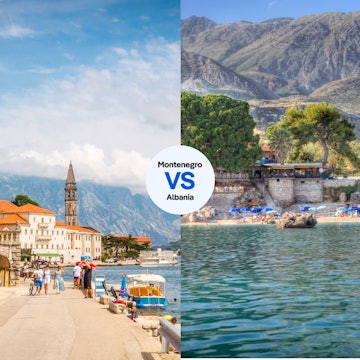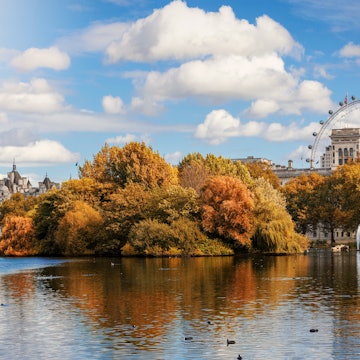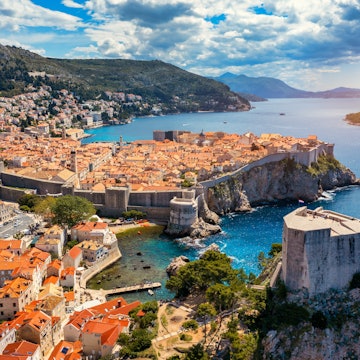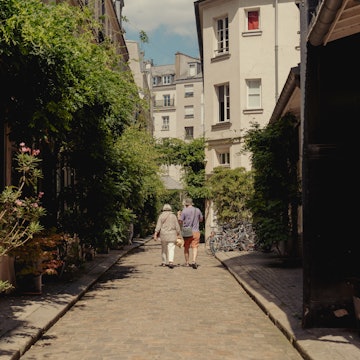

Perast, on the Bay of Kotor. frantic00/Shutterstock
Majestic mountains and cerulean seas await in tiny but mighty Montenegro, the smallest of the six nations formerly known as Yugoslavia. With a spectacular coastline clocking in at just under 300km (186 miles) and a lightning-fast mountains-to-sea drive time, Montenegro makes up for what it lacks in total area with beautiful beaches, stunning high-elevation scenery, fascinating monastic traditions, uncrowded national parks and a wildly diverse historic, political and religious mélange.
With these 18 tips, you have everything you need to know about logistics, etiquette and safety to start planning a trip to this underrated Balkan gem.
Planning for your trip to Montenegro
1. Montenegro is not part of the EU or Schengen Zone
Unlike Balkan brethren Croatia and Slovenia, Montenegro is not yet part of the EU or the Schengen Zone, a goal it has been working toward since 2012. Membership in the EU is anticipated by 2028; until then, border controls are in place, and EU citizens need to carry a passport (rather than an ID card) to enter the country. Of course, everyone else needs a passport too. Visitors from European countries, Turkey, Israel, Singapore, South Korea, Japan, Australia, New Zealand, Canada and the USA do not need a visa for stays up to 90 days. Check the entrance regulations for your country.
2. Tourists must register
Tourists are required to register with the local police within 24 hours of arriving in Montenegro and whenever they change addresses. Hotels and most short-term apartment rentals will do this for you but not always (and not when you stay with a friend, for example). Border police can ask for proof of registration when you leave the country, so it's not a formality to be skipped.
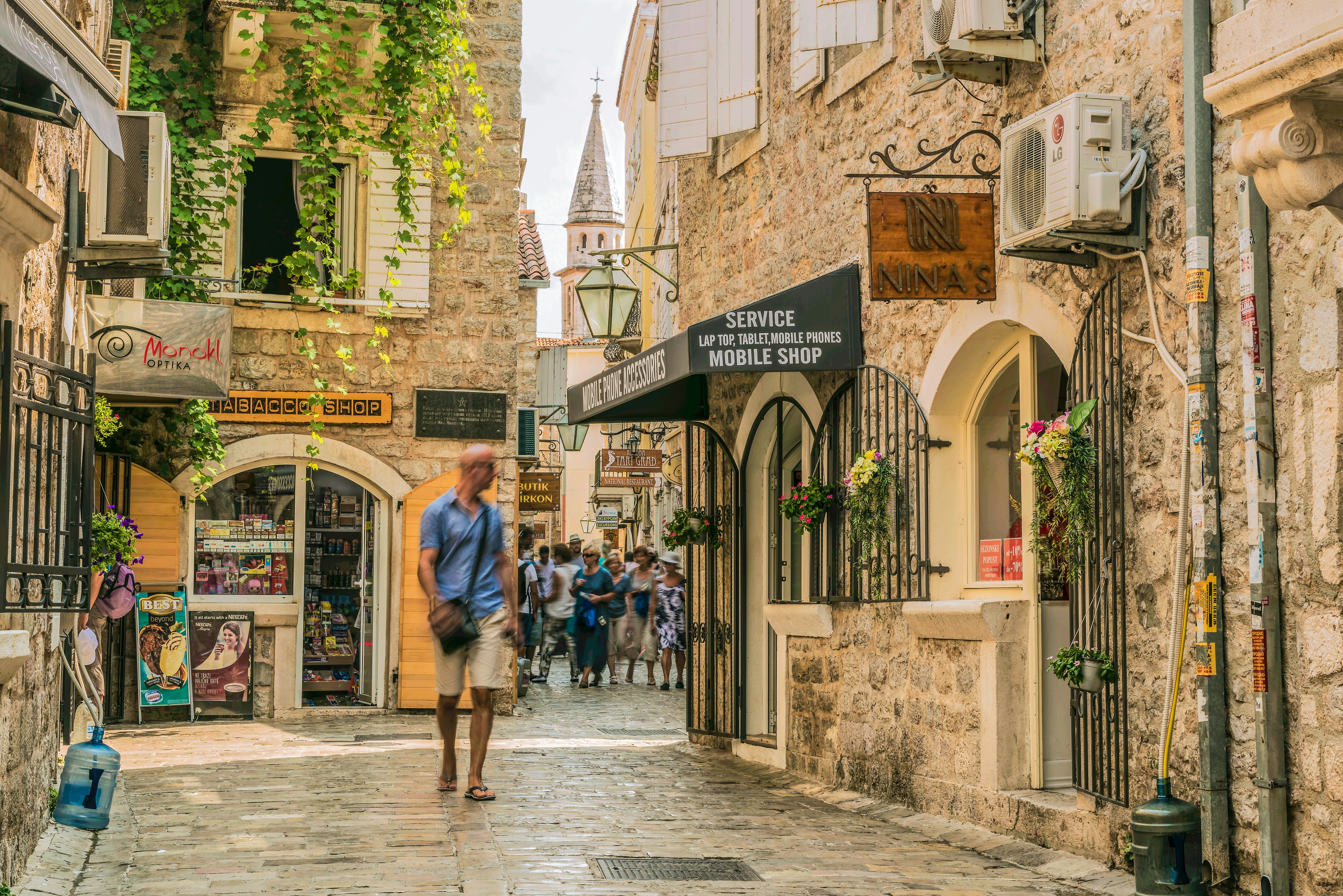
3. Book well ahead for the summer high season
Montenegro's coastal crowds haven't reached Dubrovnik's level, but it's very popular during the summer high season. You'll want to book well in advance for beach resorts like Budva and Sveti Stefan – really, anywhere along the coast – as well as inland hot spots like Stari Bar, which isn't swarming with accommodations in the first place.
4. Be prepared for Ramadan
Eastern Orthodox Christianity and Islam exist side by side as the two dominant religions in Montenegro, with Muslims making up about 20% of the population. Fasting for Ramadan is observed, and while there's always food to be had, some restaurants may not serve during the day (though they may open for iftar to break the fast after sunset).
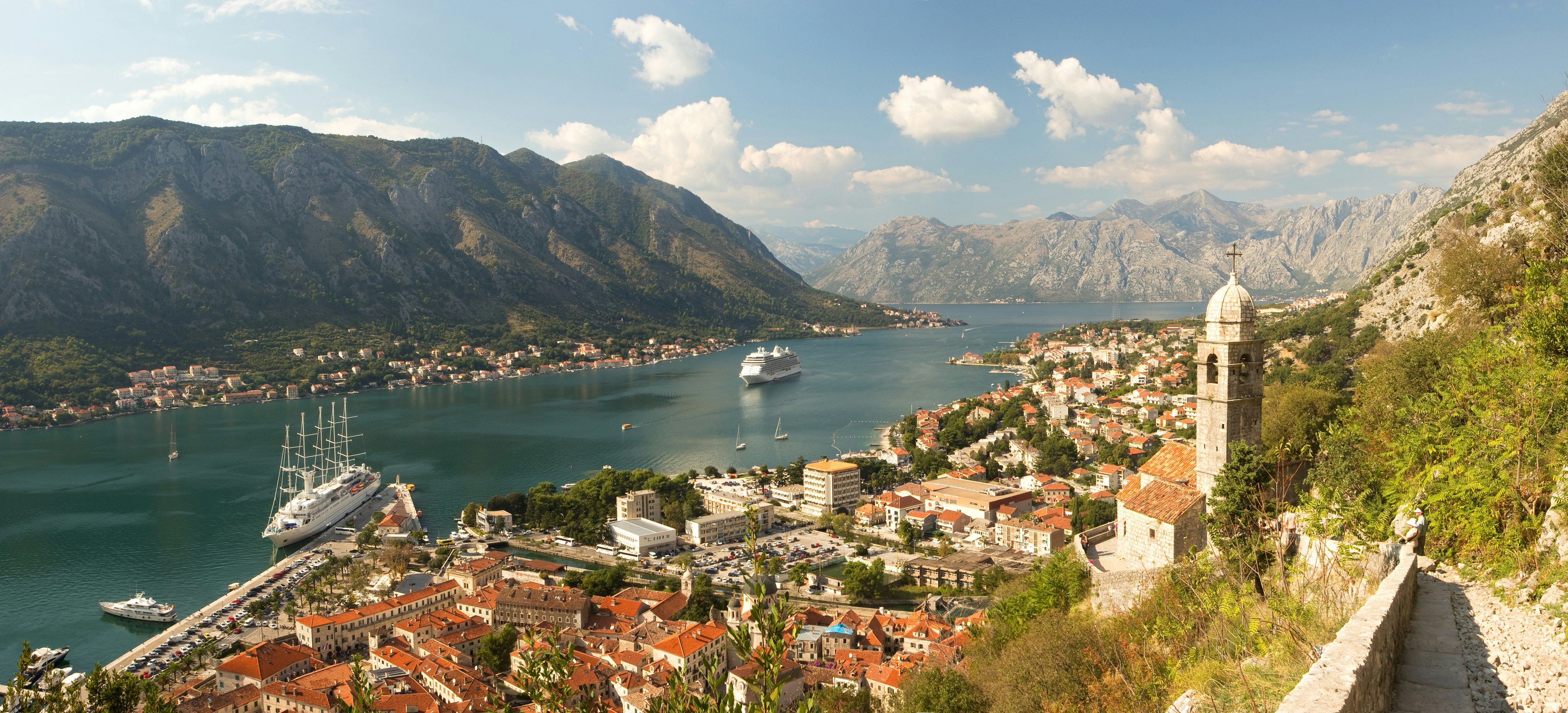
5. Check cruise ship schedules
If you plan on visiting popular ports of call such as Kotor and Budva (and you absolutely should!), check ahead for the cruise ship schedules and avoid the days they are in port if possible. The increased foot traffic ruins the idyllic atmosphere of both cities.
6. Mobile carriers offer wonderful eSim deals
You'll need a local SIM card to use your cell phone in Montenegro (or be prepared to pay hefty roaming fees to your home carrier). Luckily, Montenegro mobile service providers like Telekom and m:Tel offer prepaid 500GB–1TB plans (more data than an army needs) for tourists for just €15-25 (US$17–29).

7. Buy a national park pass
Montenegro's five stunning national parks (Skadar, Durmitor, Lovćen, Prokletije, Biogradska Gora) are already an extraordinary deal by European standards, then consider that an annual pass to Montenegro's national parks costs just €13.50 (US$15.50).
8. Sandy beaches are rare, but there are some doozies
Much of the Adriatic coast on the Balkan side boasts translucent waters but usually lacks sand, including much of Montenegro's slice of coastline. However, two of Europe's most sun-kissed stretches wash up in Montenegro. Velika Plaža, just southeast of Ulcinj, is one of Europe’s (and certainly Montenegro’s) longest beaches – an impressive 12km (7.4-mile) expanse of darkened sand unraveling toward the Albanian border. Better still is the 3km (1.9-mile) strip of sandy beach at Ada Bojana, which picks up just across the Bojana River from where Velika Plaža leaves off and continues to the Albanian border.
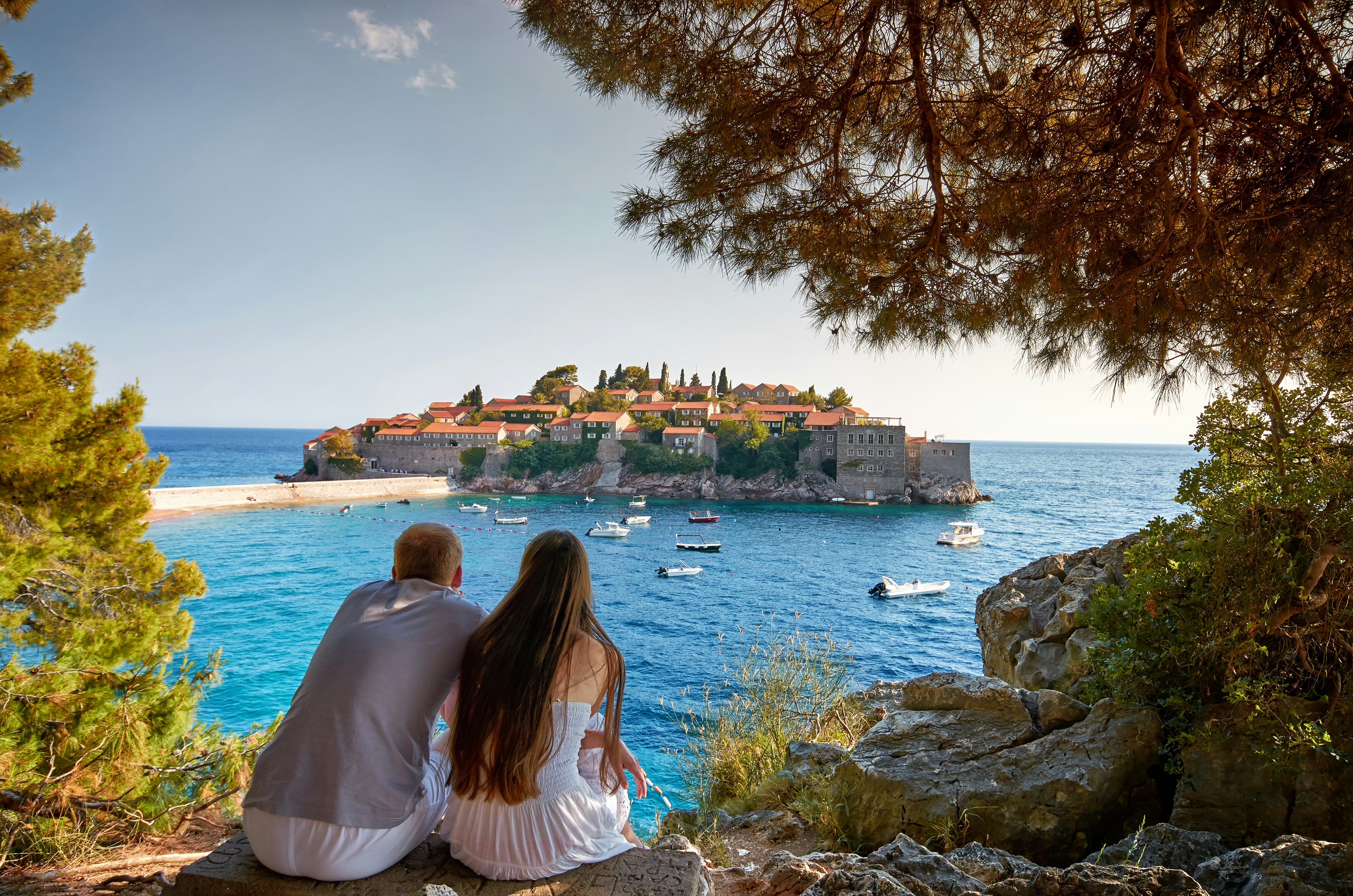
9. Sveti Stefan is closed to the public, but don't even think of skipping it
Sveti Stefan, a small island fortress connected to the mainland by a narrow causeway 9km (5.5 miles) south of Budva, is one of the world's most stunning sights. The gates are currently shut, pending an ongoing arbitration, to everyone but guests of the luxury resort located there, so wandering within its walls isn't an option. But it's such a beautiful site, you'll want to photograph it from every imaginable angle along the highway above and the mainland beaches. It's that beautiful.
Packing tips for Montenegro
1. Bring a raincoat
Montenegro and rainy days go hand in hand between April and September, the country's wet season. The wettest inhabited place in Europe is here (Crkvice), and Podgorica, Montenegro's capital, is the wettest European capital, racking up over 1600mm (62 inches) of rainfall annually. Get yourself a raincoat and some waterproof footwear.
Etiquette in Montenegro
1. Familiarize yourself with the language
You don't need to learn Cyrillic for your first visit to Montenegro, though it certainly wouldn't hurt, but familiarization with the Montenegrin latinica alphabet will aid your understanding of road signs, menus and the like. While the official language of Montenegro is Montenegrin, that won't show up in Google Translate; using Croatian (Latin alphabet) or Serbian (Cyrillic alphabet) does the job, however. They are all mutually intelligible variants of Serbo-Croatian, the former official language of Yugoslavia.
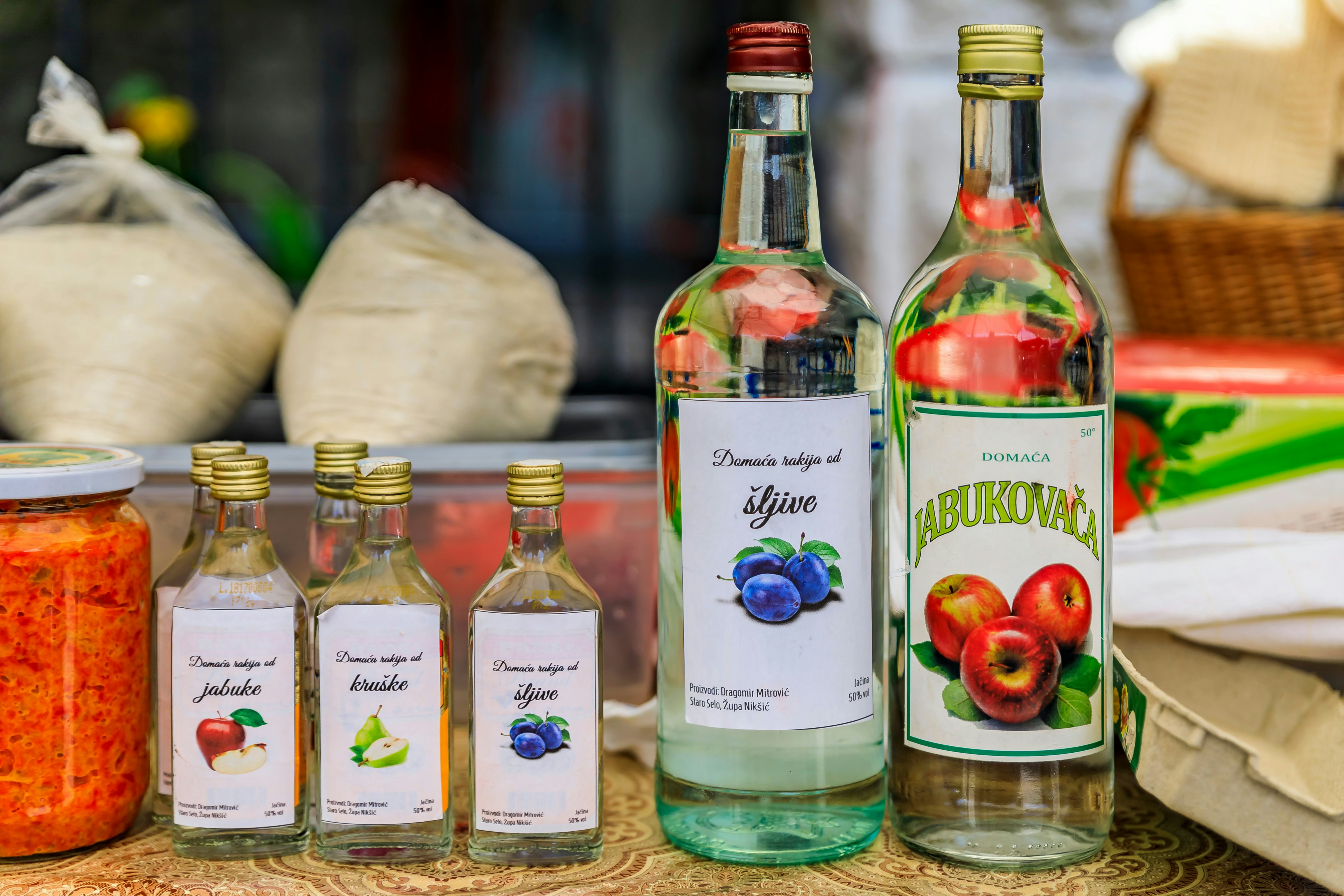
2. Don’t pour your own rakija
Avoid causing an international incident by helping yourself to another round of rakija (fruit brandy), the ubiquitous Balkan firewater, and let your host or a fellow drinker fill your glass. While you're at it, seek out Arambaša, a small production aged rakija made from plums near Morača Monastery. Just don’t pour your own!
3. Dress modestly in mosques
Respectful non-Muslims are generally welcome to visit mosques in Montenegro, but keep in mind some simple protocols. Clothing should be loose and cover the body (shorts, tank tops, short skirts and tight jeans are a no-no). Shoes must be removed, and phones must be off. While women aren't normally required to cover their head, it's seen as a sign of respect if they do. Muslims cleanse themselves before entering, but non-Muslims aren’t expected to do so. Don’t distract anyone praying by wandering around or talking – in fact, don’t enter if communal prayers are taking place.
4. Smoking remains tolerated in many bars, despite laws to the contrary
With the exception of casinos, Montenegro banned smoking in enclosed public spaces, including restaurants and cafes, in 2019, but a lot of establishments haven't gotten on side – some still allow it, while others don't, and smokers obviously know which is which. Far more places turn a blind eye (or downright encourage it with ashtrays) than don't. You are well within your rights to complain if you are bothered (or move along to another spot).
Food and wine tips in Montenegro
1. Try regional specialties like Njeguši prosciutto and vranac wine
Much of Montenegrin cuisine is typical Balkan fare – you're never far from fantastic ćevapi (grilled minced sausages), börek (pastry pie stuffed with various fillings) or grilled fish with ubiquitous Dalmatian stew (Swiss chard and potatoes) – but regional specialties abound. Be on the lookout for Njeguši prosciutto (Njeguški pršut), similar to the beloved Italian variety, which goes well with Njeguški sir (a hard sheep cheese from the same food-forward town of Njeguški near Cetinje), and local vranac red wine (I'm partial to Plantaže Vranac Pro Corde).
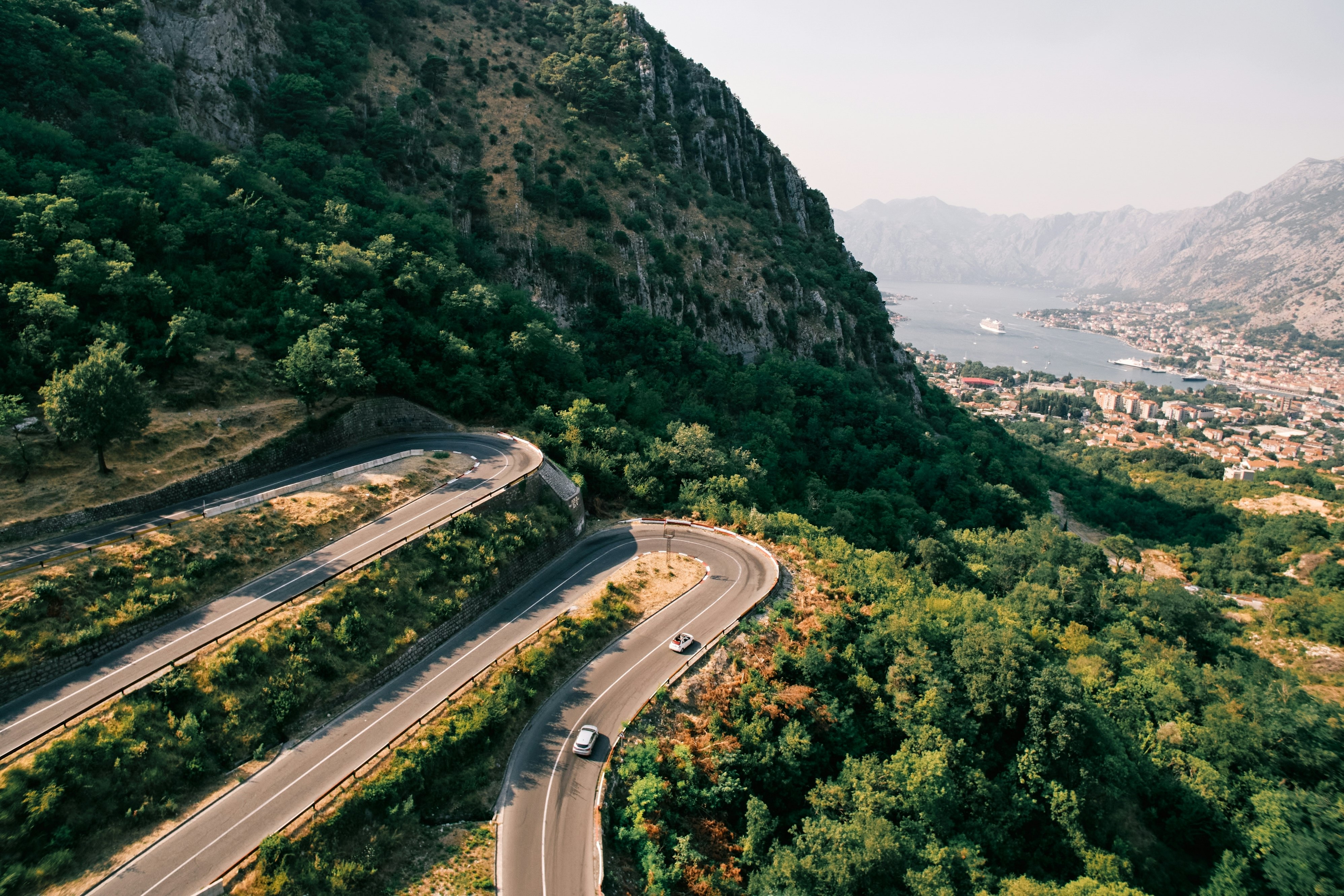
Safety in Montenegro
1. Snow tires are required from November 15 to April 1
Driving in Montenegro can be heart-stopping at times (locals have a reputation for perilous overtaking), so drive defensively and get to know the regulations. Snow tires are required on many roads from November 15 to April 1. Rental car companies will generally provide vehicles that meet the requirements, but do double-check. Fines roll in at €50–150 (US$58–174) for noncompliance.
2. Pay attention to parking rules
In bigger cities like Podgorica, Budva, Nikšić and Herceg Novi, meter machines are usually obvious and self-explanatory, but in smaller towns, how to pay for parking may not always be clear. In Žabljak (the gateway to Durmitor National Park), for example, locals pay by text, which may not be an option for visitors. The alternative is buying a pass from a nearby stand to place on your dashboard – but the location of the stand may not always be easy or obvious either. When in doubt, ask a resident.
3. Police checkpoints and radar checks are rampant
As you drive around Montenegro, you'll quickly notice that police set up shop along roads and highways all over the place. If your documents are in order and you're not speeding or otherwise breaking any traffic laws, you should be fine, but there have been stories about police corruption, so best not to give them an opening. At the very least, it can be unnerving. For what's it worth, I passed about 20 checkpoints over a few weeks but was never stopped.
Kevin Raub is the coauthor of the next edition of Lonely Planet's guide to Montenegro, which will be available in early 2026.







